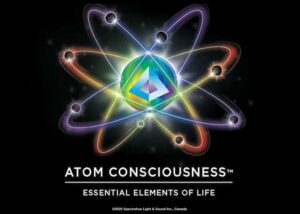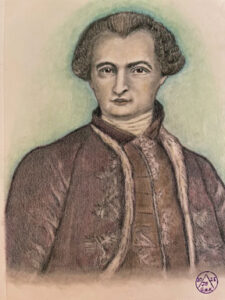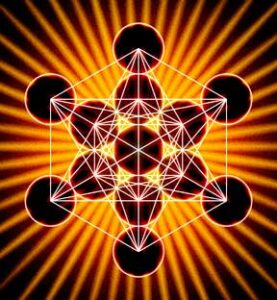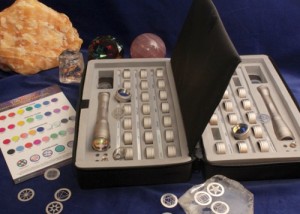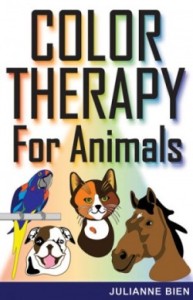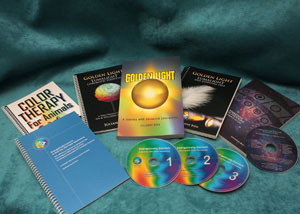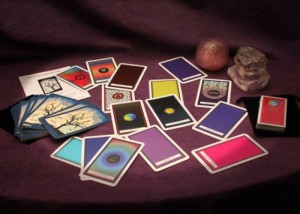The use of color as a vibrational therapy goes back many centuries. The Atlantians are said to have used light and color not only to treat physical diseases but to heal relationships, to assist in childbirth and to assist the dying in their transition from earthly to spiritual life.
Light healing was an alchemical art since time began.
Explore this website for incredible insights on spiritual light therapy.
Learn more: The Spectrahue Higher Learning Academy
Power of Light
 The ancients built circular temples with a domed roof constructed from interlocking crystals. Most importantly, these crystals refracted the sunlight, filling the temple with the spectral colors. Around the circumference of the temple were individual healing rooms which resonated to the required color frequencies
The ancients built circular temples with a domed roof constructed from interlocking crystals. Most importantly, these crystals refracted the sunlight, filling the temple with the spectral colors. Around the circumference of the temple were individual healing rooms which resonated to the required color frequencies
Archaeologists have discovered that the Egyptian healing temples were similarly constructed. In ancient Egypt the use of color in healing was attributed to Thoth, patron god of physicians and scribes.
As well, in Ayurvedic medicine treatment has included the use of minerals and gemstones which were believed to be a concentration of the cosmic rays.
In addition, Classical Chinese medicine is based on the great medical compendium, the Nei Ching, which outlines five methods of treatment; cure the spirit, nourish the body, give medication, treat the whole body and use acupuncture and moxibustion.
Color was applied in the form of herbs, minerals and salves.
Learn more: Interspecies communication using light language
Harnessing Color Rays
 A common practice amongst the Greeks and Romans was treatment by sunlight, known as heliotherapy, which Herodotus is supposed to have introduced.
A common practice amongst the Greeks and Romans was treatment by sunlight, known as heliotherapy, which Herodotus is supposed to have introduced.
Journeying back to ancient Greece, Pythagorus established a philosophical medical centre where students worked with the science of numbers, establishing scientific theories of sound and musical octaves which they used for healing in conjunction with color.
Their deep knowledge and understanding of the healing powers of the color rays was nearly lost when, later on in history, the Greeks considered color only as a science.
Hippocrates, amongst others, abandoned the metaphysical side of color, concentrating only on the scientific aspect. Fortunately, despite this, the knowledge and philosophy of color was handed down throughout the ages by a few.
Learn more: The art of chromotherapy in everyday life
From the First Century AD
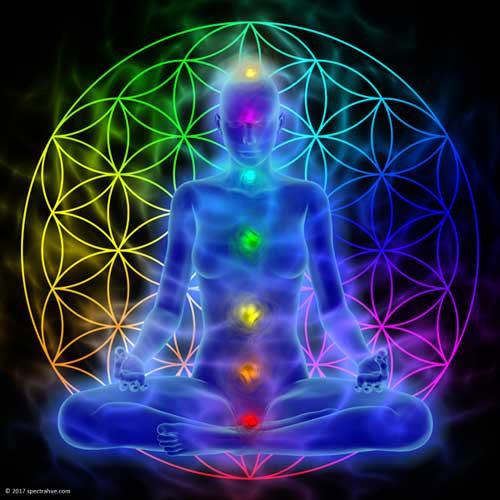 During the early part of the first century, the early Christian Church tended to equate disease with punishment for sin, and healing with grace and divine intervention, deeming pagan those medical practices involving color and other unorthodox methods of treatment. This drove such practices underground, where the ancient knowledge was passed on orally.
During the early part of the first century, the early Christian Church tended to equate disease with punishment for sin, and healing with grace and divine intervention, deeming pagan those medical practices involving color and other unorthodox methods of treatment. This drove such practices underground, where the ancient knowledge was passed on orally.
Although many Greek and Roman writings on procedures were lost, many were preserved and translated, first into Arabic and later into Latin. Color was restored to medical practices by the outstanding Persian physician, Avicenna.
In the Middle Ages, Paracelsus reintroduced this knowledge using the power of the color rays for healing along with music and herbs.
Unfortunately, he was ridiculed for his work and most of his manuscripts were burnt, but now he is thought by many to be one of the greatest doctors and healers of his time.
Learn more: Who uses chromotherapy in their practice?
Important Light Pioneers
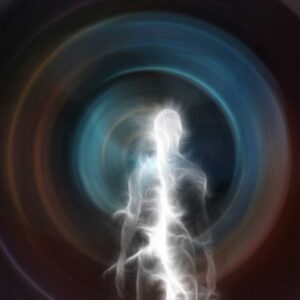 By the nineteenth century the use of drugs was growing and the concept of treating the whole person was lost, emphasis being placed on diseases of the physical body. With the exclusion of the spiritual, emotional and mental aspects color fell into disuse. A point to note is that its re-emergence during this time was attributed to Dr. Seth Pancoast and Dr. Edwin Babbitt.
By the nineteenth century the use of drugs was growing and the concept of treating the whole person was lost, emphasis being placed on diseases of the physical body. With the exclusion of the spiritual, emotional and mental aspects color fell into disuse. A point to note is that its re-emergence during this time was attributed to Dr. Seth Pancoast and Dr. Edwin Babbitt.
Now, at the beginning of the twentieth century color was investigated by the occultist, philosopher, teacher and religious leader, Rudolf Steiner. He related color to mathematical form, believing that form had the power to amplify color’s effect.
In addition, two great twentieth century pioneers of color therapy were Dinsaha Ghadiali and Dr. Harry Spitler. Although Ghadiali, a qualified physicist, had no medical training he was awarded four honourary medical degrees for his research into color.
Spitler, a remarkable doctor and optometrist, originated a system of color treatment called syntonics which applied light directly through the eyes.
Learn more: The spiritual quest for discovery using light
Heliotherapy and Science
 Sunlight treatment (heliotherapy) involves the absorption of the full color spectrum present in sunlight. It was re-introduced towards the middle of the nineteenth century by Jakob Lorber who maintained that any part of the body suffering disease should be exposed to the sun’s rays.
Sunlight treatment (heliotherapy) involves the absorption of the full color spectrum present in sunlight. It was re-introduced towards the middle of the nineteenth century by Jakob Lorber who maintained that any part of the body suffering disease should be exposed to the sun’s rays.
Another pioneer, Danish physician Niels Ryberg Finsen, used artificial light, through the instrument known as the carbon arc, to treat skin tuberculosis.
At this present time the medical profession is using various forms of light treatment. Studies carried out in the 1960’s suggested that blue light was able to rid jaundiced babies’ bodies of the biliruban that the immature liver was unable to cope with.
Learn more: Ancients Symbols in Lumalight System
© 2007 spectrahue.com. Excerpt from article by J. Valentine, Canada. Posted with permission. No medical claims are made or implied. Please note this information is not intended to replace necessary medical treatment by a qualified health care practitioner. Always consult your doctor before beginning any new therapy regime.


